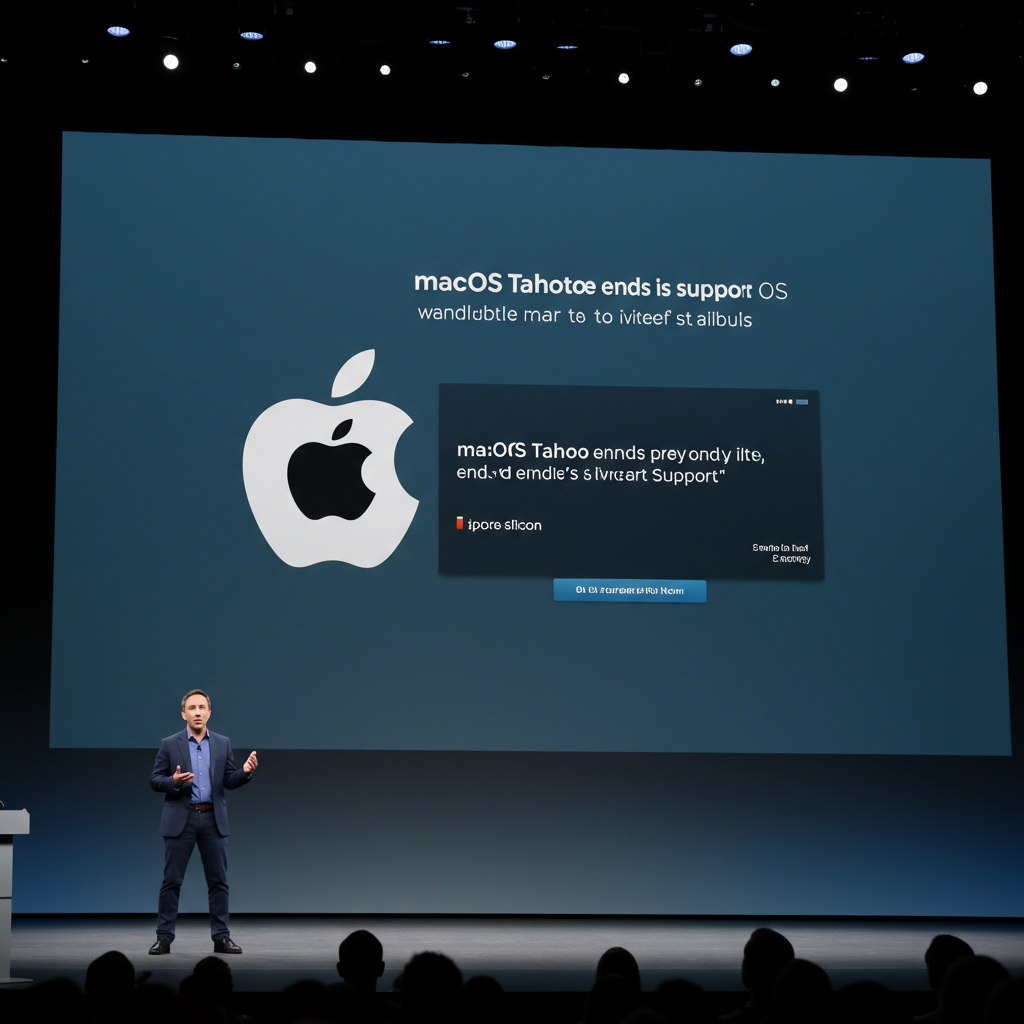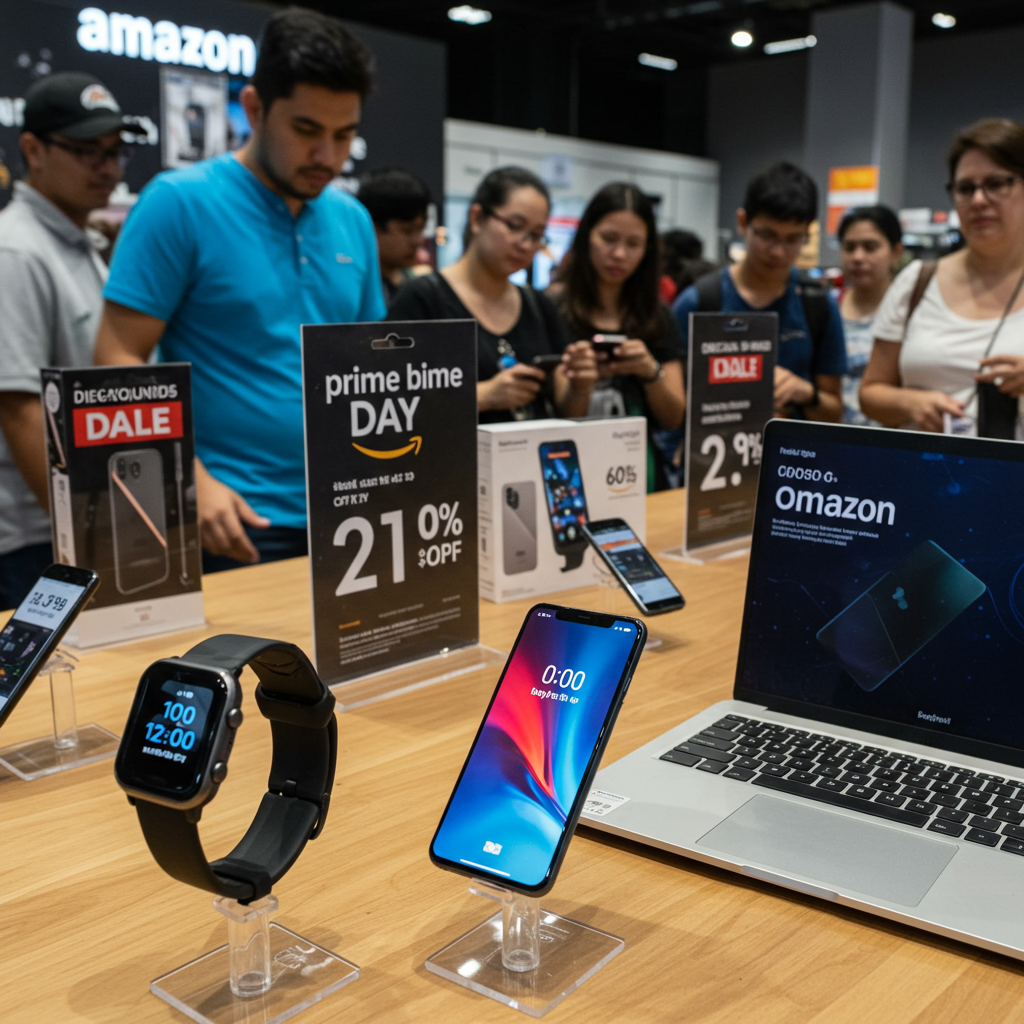The era of Intel-powered Macs is officially drawing to a close. Announced at WWDC 2025, macOS 26 Tahoe marks the final major operating system update that will support any Mac equipped with an Intel chip. This decision, while anticipated, signifies a pivotal moment in Apple’s complete transition to its custom-designed Apple Silicon processors.
For years, Mac users and tech analysts have speculated on how long Apple would continue supporting its Intel-based hardware during the shift to Apple Silicon. Two key questions loomed: Would Intel Macs receive fewer updates and shorter support lives than their predecessors or Apple Silicon counterparts? And precisely how much longer could owners expect official software updates?
Based on a comprehensive analysis tracking every Mac model since 1998 – including introduction and discontinuation dates, original macOS version, and final supported OS – we now have definitive answers.
Apple’s Historical Support vs. the Intel Era
Apple’s track record shows a varied history of software support longevity. Across all Mac models released since the late 1990s, the average Mac has received approximately 6.6 years of major macOS updates (those adding new features), followed by an additional two years of security-only patches.
Focusing solely on the Intel era, the average support window is slightly higher, around seven years of major macOS updates plus two years of security fixes. However, this average masks a significant trend: most Intel Macs released since 2016, especially those towards the tail end of the Intel run in 2020, have generally received shorter support lifespans than this historical average. For users who purchased Macs in 2020 just before Apple Silicon debuted, the software support window is notably shorter than in recent years, rivaling some of the shortest periods seen since 2006.
While some outliers exist – the 2017 iMac Pro, for instance, will end up with an impressive 7.75 years of major updates – models like the 2018-2020 MacBook Airs and the two-port 2020 13-inch MacBook Pro fared less well, averaging under 5.5 years of major updates plus the standard two years of security patches.
Interestingly, Apple doesn’t seem to heavily weigh the price tag when determining a Mac’s support life. Data analysis reveals that Mac mini models receive comparable support durations to much more expensive iMacs or Mac Pros, and MacBook Airs aren’t treated significantly differently from MacBook Pros.
Maximizing Your Mac’s Lifespan
A key takeaway for anyone buying a Mac is the impact of the purchase date relative to the model’s introduction. To get the maximum number of years of software support, buy a new Mac model as close to its introduction date as possible. Purchasing a model that has been on the market for several years, even if it hasn’t been discontinued yet, means you’re settling for fewer remaining years of major updates. This can be frustrating when Apple isn’t swift with hardware refreshes, sometimes leaving users to choose between slightly outdated hardware or a shorter support window.
What Happens When Support Ends?
When your Intel Mac stops receiving major macOS updates with macOS Tahoe, and eventually security updates two years later, it doesn’t instantly become useless, but its security and compatibility will gradually degrade.
For those wanting to keep their hardware functional, several alternative operating systems can potentially be installed on older Intel Macs:
Windows: Most late-model Intel Macs officially support Windows 10 (though its own support ends in October 2025). Windows 11 is technically installable, but it requires bypassing system requirements and can involve extra steps for updates.
Linux: Consumer-friendly distributions like Ubuntu, Mint, or Pop!_OS offer powerful alternatives, but they often come with a steeper learning curve for those unfamiliar with Linux and hardware compatibility can sometimes be an issue depending on the specific Mac model.
- ChromeOS Flex: Google’s OS can breathe life into older hardware, but it’s generally more limited in functionality compared to a full desktop OS.
- arstechnica.com
- gizmodo.com
- arstechnica.com
- www.techradar.com
Unofficial macOS Updates: The OpenCore Challenge
The OpenCore Legacy Patcher (OCLP) project offers a potential way to run newer, officially unsupported macOS versions on older hardware. However, the end of Intel support with macOS Tahoe presents significant uphill battles for OCLP. As Apple removes support for older Intel hardware from macOS, the necessary underlying code to run these Macs (and Macs with similar components) is also stripped out. This forces the OCLP team to patch in more code from older OS versions, a complex process (“forward-porting”) that can lead to partially or non-functional hardware features.
A major obstacle is the Apple T2 Security Chip, present in many later Intel Macs. The T2 acts as a critical co-processor handling tasks like Touch ID, SSD control, video encoding/decoding, and camera/microphone communication. Apple has never opened the T2’s interface, making it a “black box.” Crucially, the T2 chip in some models, like the 2018 and 2019 MacBook Airs, prevents them from booting OpenCore firmware at all. If your T2 Mac is affected, unofficial macOS upgrades via OCLP are unlikely to ever be possible, meaning your software support ends precisely when Apple says it does.
Implications for Apple Silicon Mac Support
With the Intel era closing, the focus shifts to the longevity of Apple Silicon Mac support. Will Apple prioritize the technical capabilities of its powerful M-series chips, potentially offering longer support windows reminiscent of the 7-8+ years seen in the mid-2000s to mid-2010s? Or will it adopt a more age-based cutoff, similar to its approach with recent iPhones and iPads, where models are dropped after a certain number of years regardless of remaining capability?
The key models to watch are the first Apple Silicon Macs: the M1 versions of the MacBook Air, Mac mini, and 13-inch MacBook Pro, all launched in late 2020. If these models stop receiving major macOS updates relatively early (e.g., in 2027 or 2028) while later M1 Macs (like the iMac or higher-end MacBook Pros) continue to be supported, it would strongly suggest Apple is leaning towards an age-based support policy for its custom silicon as well.
Given the significant performance and efficiency leap of Apple Silicon over Intel, even the initial M1 chips are highly capable compared to the Intel machines they replaced. Newer chips like the M3 further enhance this, offering excellent performance even in fanless designs like the current MacBook Air. For Macs costing significantly more than iPhones or iPads, a return to longer software support windows would be welcomed by users.
However, Apple’s recent trend suggests that the launch date of a piece of hardware is increasingly the primary factor determining its support lifespan. While Apple used OS transitions (like the shift from PowerPC to Intel with Mac OS X 10.6 Snow Leopard) to clearly delineate and favor the new architecture, the current trajectory points towards a more time-based end-of-life cycle.
As macOS 26 Tahoe arrives, marking the end for Intel Macs, users should assess their current hardware’s support status and consider their options. The spotlight now turns to Apple Silicon, with the hope that its advanced capabilities translate into a renewed era of long-term software support for the Mac platform.




